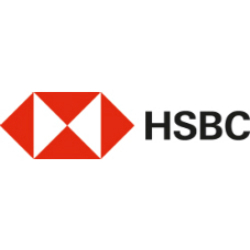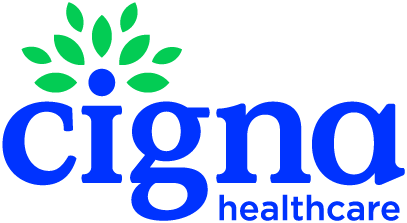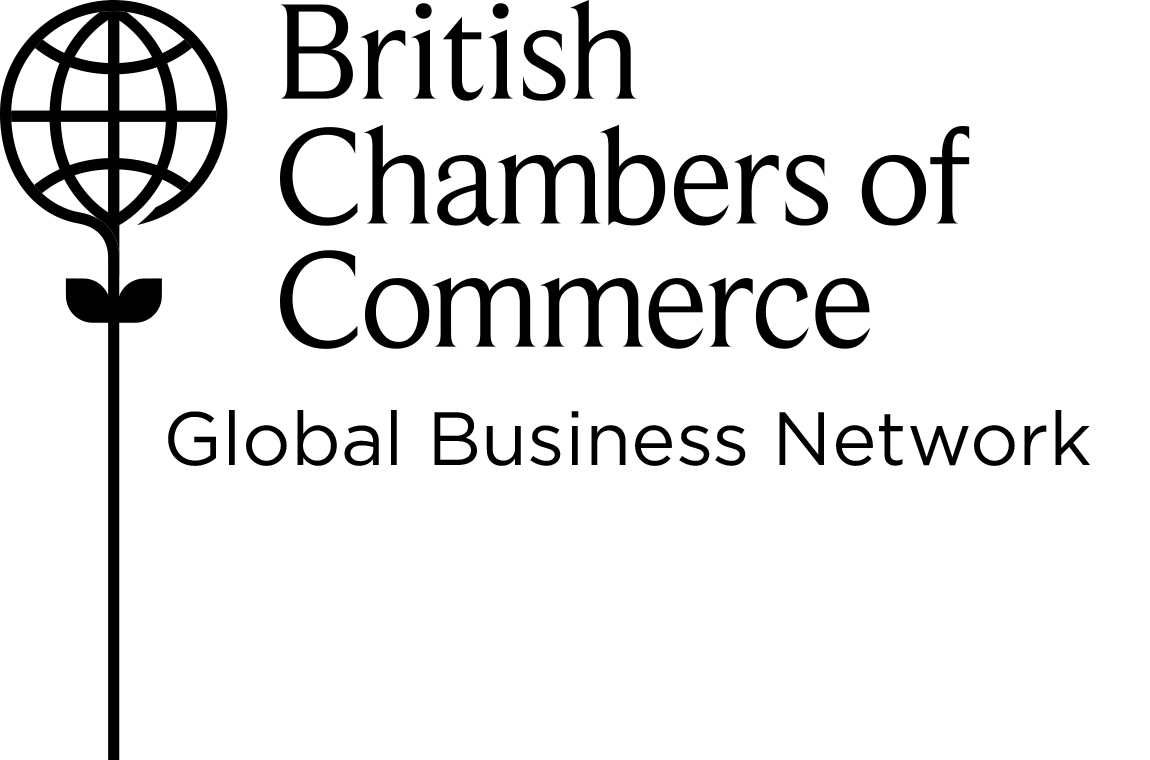Monthly Market Commentary - May 2022
Date Posted:Tue, 24th May 2022

Global stock markets came back under pressure in April as concerns surrounding monetary policy tightening soured investor sentiment.
Inflation data hit new cycle highs in the US, UK and Europe, pushing interest rates up further on expectations central banks will remain vigilant in their quest to curb rising prices.
Overall, it was another challenging month for markets with the World MSCI Index falling 8%, in US dollar terms. Rising yields weighed on growth stocks in particular, with the Nasdaq falling around 13% for its worst monthly decline since the 2008 financial crisis. These declines were cushioned to some extent for sterling-based investors due to a sizable drop in the GBP/USD rate which fell to its lowest level since the summer of 2020 to trade in the mid-1.20s. In sterling terms, the drop in global equities was roughly 4%.
Despite the Bank of England beginning to hike rates before their US counterparts, it is now viewed as adopting a relatively less hawkish path going forward. As well as contributing to sterling’s depreciation, the effects of this policy divergence can also be felt in the stock market.
UK large cap stocks fared relatively well
Ending the month with a small gain, thanks in part to a significant weighting towards energy stocks. Mid- and small-cap shares in the UK fell, however.
European equities posted modest losses for the month, showing a decline of around 2.5%. The Russian invasion of Ukraine continues to pose a significant geopolitical risk that is more keenly felt in Europe than the UK or US. There has been an apparent strategy shift from Russia, pulling back troops surrounding Ukrainian capital Kyiv and focusing forces on the Donbas region. Though this may signal a lesser chance of a complete invasion, it does appear that a swift resolution to the conflict is now less likely.
Rising rates can be seen across the fixed income universe as bond prices fell on the expectation of imminent aggressive central bank tightening. Both the short- and long-end of the curve rallied with the US 10-year moving above the 3% handle to hit its highest level in more than three years. This has led to rising mortgage rates, with a US 30-year mortgage now around 5%. UK Gilts fared slightly better than sterling corporates, though both experienced notable declines. Inflation-linked bonds fell further still, along with emerging market bond indices.
The US dollar appreciated across the board for the month, with interest rate differentials due to the expectation that the Fed will be the most hawkish of major central banks the most likely explanation. Market expectations for where the fed funds rate will end 2022 have roughly tripled since the start of the year, from around 100bp to around 300bp. If the Fed is seen as the most hawkish of major banks, the Bank of Japan (BoJ) is widely viewed as the most dovish after its latest policy decision. The BoJ decided to stand pat at its April meeting, resisting the global shift towards higher rates by reaffirming its commitment to keeping bond yields at zero. The stark policy divergence between the US and Japan has created strong upwards momentum in the USD/JPY rate, sending the currency pair above the 130 handle.
Persistently elevated inflation readings are the root cause of the aggressively hawkish Fed and the situation has been exacerbated by further supply chain disruptions. China’s zero-Covid-19 policy has seen dozens of cities, including Shanghai, placed back into strict lockdown, creating substantial problems for the production of a wide range of products and goods, limiting supply and applying upward pressure on prices.
The oil price has stabilised in the US$100-US$110 range after its initial spike above US$130 on the Russian invasion, and international benchmark Brent ended April pretty much flat for the month. Heightened volatility persists in the European natural gas market though, as a protracted war and the associated sanctions threaten to cause a more prolonged disruption to Russian supplies. Several countries have taken steps to wean themselves off Russian gas longer-term, but for the time being there is a heavy reliance on it across the continent. Russia’s state-owned Gazprom suspended supplies to Poland and Bulgaria in a move that sent gas prices soaring higher, as Moscow acted to withhold gas exports unless it was paid in roubles.
Staying in the commodity space, Gold declined by a little over 2% on the month. When the Russian invasion began in February the precious metal surged to its highest level since the summer of 2020, but it has been steadily falling since, as investors look through its perceived safe-haven status to focus more on rising real rates and a strengthening US dollar.
Inflation metrics still top the bill in terms of economic data and there were new highs printed in the US, Eurozone and UK releases in April. For the US the consumer price index rose to a 40-year peak of 8.5% year-on-year and the Eurozone equivalent came in at its highest level on record, 7.5%. The corresponding UK figure of 7.0% was a little lower but still represented a 30-year peak and is substantially above the 2% central bank target. There is however, growing belief that US inflation could be close to peaking.
On the whole, gauges of economic activity held up fairly well during April, though some bouts of weakness could be seen. The US economy surprisingly contracted in the first quarter, for the first time since mid-2020, while the latest consumer spending data from the UK also pointed to a slowdown. Although the headline number for US growth was negative, this could be explained away to some extent by technical factors such as a large swing in the trade deficit. Labour markets, especially in the US, remain in rude health. The US unemployment rate fell to 3.6%, just 0.1% off the Fed’s communicated level of full employment.
Corporate earnings season has been pretty good on the whole. In the US there has been a 14% rise in sales and earnings per share has increased by 8%, both small beats on the consensus forecasts. European updates were also largely positive and better than expected. For large-cap tech it was something of a mixed bag with Apple, Microsoft and Facebook’s parent company Meta all providing positive updates. The same can’t be said though for Amazon, Google and Netflix as there was a clear divergence of winners and losers.
That said, markets have looked through the decent results though to focus more on valuations. As rates rise and other assets, such as bonds, start to offer some return, high valued growth shares become notionally less attractive. This has led to a derating, as share prices fall despite profits remaining good and earnings multiples compress.











